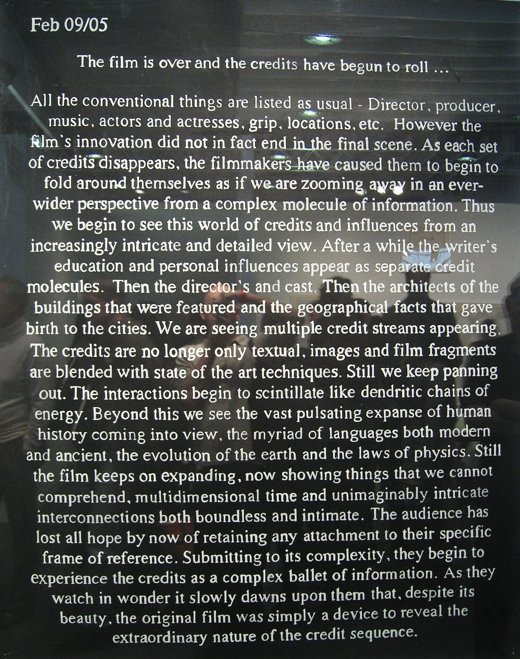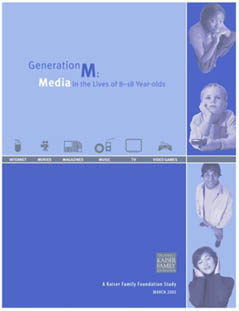 There’s increasingly a give-and-take between print and screen text design. A prime example of this: David Foster Wallace’s cover story about talk radio in the April issue of The Atlantic Monthly. It’s unfortunate this article is only online for subscribers. However, clicking on the thumbnail at right will give you an idea of how the pages work, and there are a couple of working hyperlinks in The Atlantic‘s HTML preview of the article.
There’s increasingly a give-and-take between print and screen text design. A prime example of this: David Foster Wallace’s cover story about talk radio in the April issue of The Atlantic Monthly. It’s unfortunate this article is only online for subscribers. However, clicking on the thumbnail at right will give you an idea of how the pages work, and there are a couple of working hyperlinks in The Atlantic‘s HTML preview of the article.
Wallace is well-known for his copious use of footnotes & endnotes, and this article is no exception. However, either Wallace or The Atlantic‘s art director have decided to treat his digressions differently in this case: words or phrases in the main text that signal a jumping-off point have lightly colored boxes drawn around them, rather than a superscripted numeral after them. In the print edition, boxes in the margins – one immediately thinks of windows – with notes in them appear, color-coded to match the set-off phrases. Some of the notes have notes; they get more boxes of their own.
It’s subtle and well thought out, and considerably more inviting to read over 23 pages than footnotes or endnotes would be. Most interesting is how the aesthetic draws inspiration from the web: the boxed notes suggest pop-up windows (or the electronic – not so much the paper – version of Post-It notes), especially when they’re layered. And the boxed phrases suggest nothing so much as the underlining that the Web has taught us signifies a hyperlink. The HTML version on their website follows this exactly, presenting the notes as pop-up windows (some of which pop up their own windows).
There’s also a PDF version available to subscribers. Unlike the Kembrew McLeod PDF I posted about a few weeks back, some thought has clearly gone into making this article screen-friendly. What you get is just the article: there aren’t any crop marks or ads or any of the detritus which crowd an article when it appears in a magazine. Nor, interestingly, are there page numbers, which aren’t quite as necessary in a PDF environment: Adobe Reader tells you what page you’re on. To complain: it does, however, still replicate the print environment in ways which make on-screen reading suffer. Like the magazine and unlike computer screens, the page is vertically oriented, rather than horizontally. The Bodoni type – which looks fantastic on the glossy paper that The Atlantic uses – loses its narrow horizontal strokes on screen except when zoomed in to a very high resolution. To be fair to The Atlantic, these concessions to the print design are understandable: the typeface does form a good part of the magazine’s image, and it would be a fair amount of work to rework such a carefully designed article to appear in a horizontal, rather than a vertical, format.






 lasting and definitive document of the Gates and our experience of them. As Ben Vershbow says in the press release announcing the project, “The photographs are a jumping off point for further exploration. Ultimately, we are interested in collecting anything that can be shared over the web – film, audio, text – parodies and remixes.”
lasting and definitive document of the Gates and our experience of them. As Ben Vershbow says in the press release announcing the project, “The photographs are a jumping off point for further exploration. Ultimately, we are interested in collecting anything that can be shared over the web – film, audio, text – parodies and remixes.”